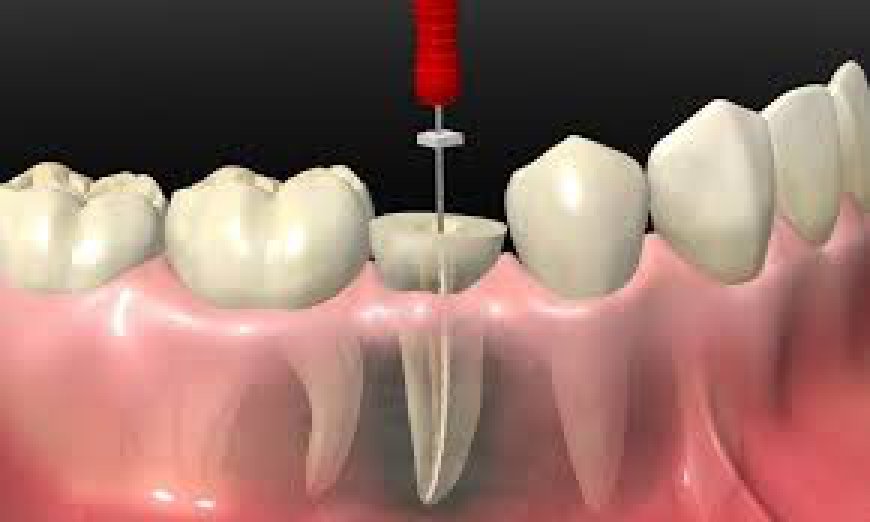Root Canal for Broken Tooth: Restoring Functionality and Appearance
Discover effective root canal treatment options to relieve tooth pain and preserve dental health. Learn more today!

Introduction:
When faced with a broken tooth, the discomfort can be more than just physical—it can affect daily activities and even self-confidence. One of the most effective treatments for a broken tooth, particularly when the damage extends deep into the tooth's pulp, is a Root Canal Treatment In Dubai. This dental intervention not only aims to relieve pain but also restores both the functionality and appearance of the tooth, allowing patients to regain their oral health and smile with confidence.
Understanding a Broken Tooth:
A broken tooth can occur due to various reasons, such as trauma from accidents, biting down on hard objects, or decay weakening the tooth structure. When a tooth breaks, it can expose the inner layers, including the pulp chamber where nerves and blood vessels reside. This exposure not only causes pain and sensitivity but also increases the risk of infection if left untreated.
The Role of Root Canal Treatment:
Root canal treatment becomes necessary when the damage to a tooth is extensive enough to affect its pulp. During this procedure, a dentist or endodontist carefully removes the damaged pulp, cleans and disinfects the inside of the tooth, and then seals it to prevent further infection. Contrary to common misconceptions, root canal therapy is designed to relieve pain rather than cause it, as it removes the source of infection and inflammation.
Procedure Overview:
-
Examination and X-rays: The dentist examines the broken tooth and may take X-rays to assess the extent of damage and determine if root canal therapy is necessary.
-
Anesthesia: Local anesthesia is administered to numb the area around the tooth, ensuring the patient's comfort throughout the procedure.
-
Pulp Removal: Using specialized tools, the dentist accesses the pulp chamber, removes the infected or damaged pulp, and thoroughly cleans the inside of the tooth.
-
Filling and Sealing: Once cleaned, the tooth is filled with a biocompatible material called gutta-percha and sealed with a temporary or permanent filling. In some cases, a dental crown may be placed over the tooth to strengthen it and restore its appearance.
-
Recovery and Follow-Up: After the procedure, there may be mild discomfort or sensitivity, which can usually be managed with over-the-counter pain relievers. Patients are typically advised to follow up with their dentist to ensure proper healing and monitor the tooth's restoration.
Benefits of Root Canal for Broken Teeth:
-
Pain Relief: By removing the damaged pulp, root canal therapy alleviates pain and discomfort associated with a broken tooth.
-
Preservation of Tooth: Rather than extracting the tooth, which could lead to further complications, root canal treatment allows the natural tooth to be preserved.
-
Restoration of Functionality: With the tooth structure reinforced and restored, patients can bite, chew, and speak without discomfort or limitation.
-
Aesthetic Improvement: Depending on the extent of damage, a dental crown can be placed over the tooth to enhance its appearance and restore a natural look.
Conclusion:
In conclusion, a broken tooth can disrupt daily life, but root canal therapy offers an effective solution to restore both functionality and appearance. By addressing the underlying issue and preserving the natural tooth structure, this procedure not only relieves pain but also enhances oral health and restores confidence in one's smile. If you find yourself dealing with a broken tooth, consulting with a dental professional can provide the guidance and treatment needed to ensure optimal oral health and well-being. Trusting in the effectiveness of root canal therapy can lead to a restored smile and improved quality of life.
